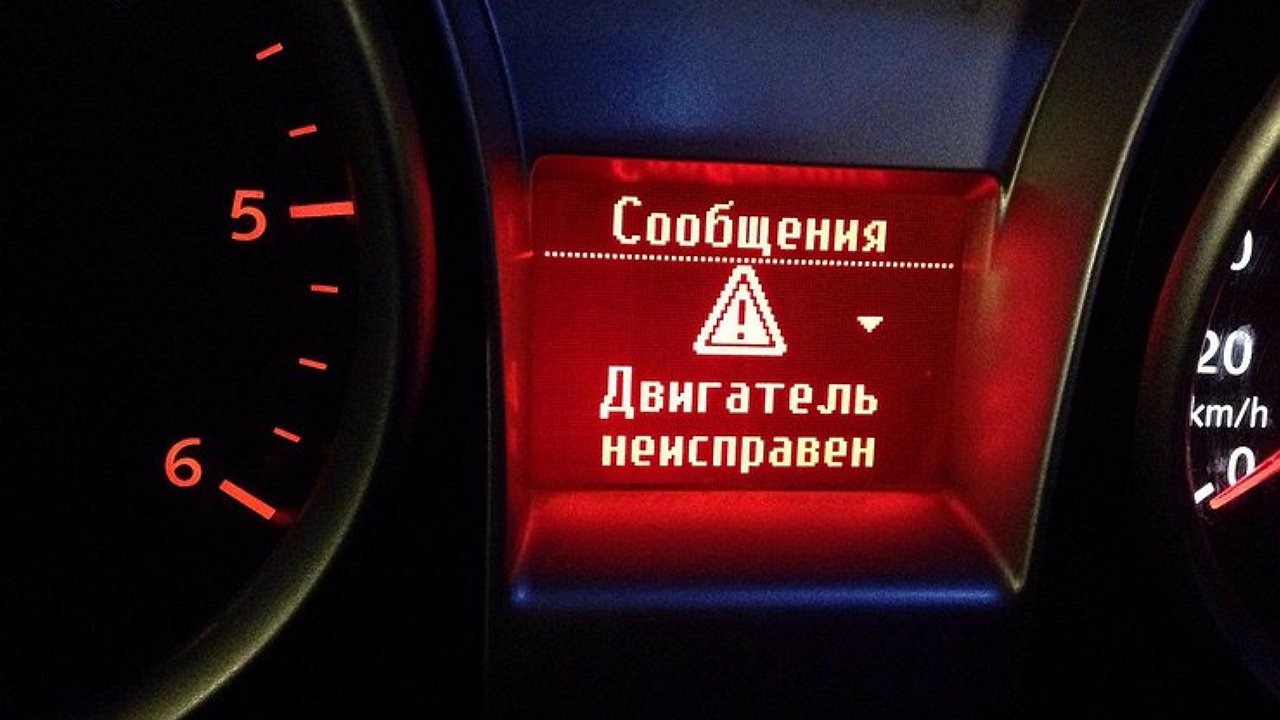Of particular interest regarding this finding were two distinct openings in the boy’s deformed skull that shed light on a rare case of cranial dysraphism in the paleopathological record.
The results of the study, documented in a large paper published in the International Journal of Paleopathology, showed the outer dimensions of the two holes were 1.6×1.8 and 0.4×0.5 centimeters. Experts examining the remains suggested two possible causes of the holes: cranial hernias or epidermoid cysts, known as cephaloceles. Both diseases are rare and interesting in their own right, but finding them in such an ancient context raises scientific curiosity even more.

Location of the boy’s body in the grave / Photograph International Journal of Paleopathology, 2023
The difficult life of a child
The boy’s grave was carefully examined by a team of Colombian paleopathologists, who believed he may have suffered from cognitive impairment and neurological complications caused by the deformity of the skull. You can’t help wondering about the challenges this boy faced, but it’s even more impressive that he managed to survive such an important time. Estimates vary, but researchers believe he lived between 7.5 and 8.5 years, with an alternative probability five or six years. Having such a long life in the face of medical problems indicates that the child receives special attention from those around him.

Child Skull / Photograph International Journal of Paleopathology, 2023
What is even more interesting to archaeologists and historians is the indication that this child was not an outcast in his native society. The artificial modification of the skull indicates acceptance and integration into the community despite their physical differences.
Skull deformation practices were common in various ancient civilizations, including the Americas, Africa, and Eurasia. They served as cultural markers representing social norms and indicating that the individual belonged to a particular community. In this case, the altered skull indicates that the child is not only cared for, but accepted by their community.
Source: 24 Tv
I’m Maurice Knox, a professional news writer with a focus on science. I work for Div Bracket. My articles cover everything from the latest scientific breakthroughs to advances in technology and medicine. I have a passion for understanding the world around us and helping people stay informed about important developments in science and beyond.















